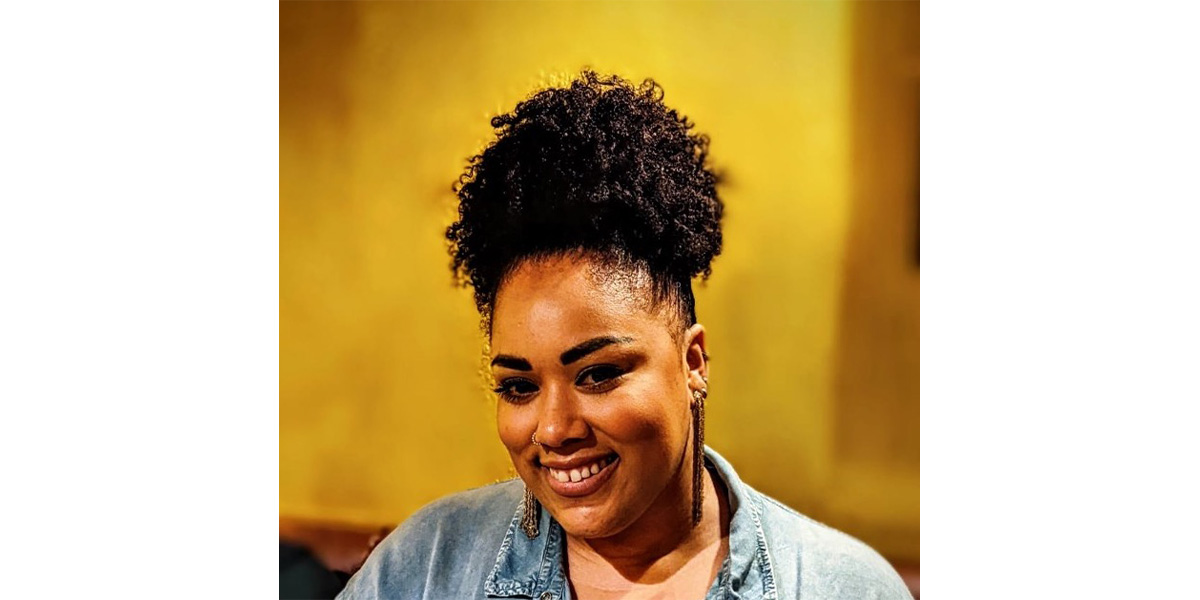
EDI and its importance in Higher Education
Can you please tell us about yourself, and the work you do at Penna?
I’m Alexis, Head of Equality, Diversity & Inclusion, and I’ve been at Penna for just over 8 years. My time here has been varied to say the least. I’ve moved around the business and progressed through different teams during the years, landing in my dream job in 2021 when we set up the Penna EDI consultancy.
I lead and deliver on all things inclusion, supporting our clients to reach and understand the right audiences, attract and excite a diverse range of candidates, and develop and engage employees.
This role has allowed me to combine my passion with my professional experience, and I love the fact that I get to challenge clients unapologetically to be more diverse and inclusive, and that I’ve been a part of positive change.
Why is diversity and inclusion important within higher education?
How could it not be? Diversity and inclusion are fundamental to society, and in higher education there is still an imbalance and an ongoing issue with equity and equality. More needs to be done, and more can be done.
Many students from historically marginalised backgrounds still report a sense of otherness within educational institutions, and this othering can not only reduce the feeling of belonging for individuals, but also affect motivation to learn and engage with studies, subsequently impacting a student’s output and performance. Social belonging has already been proven to be a predictor of educational outcomes.
Creating a culture of inclusion in higher education can help people feel safe. Encouraging diverse representation can also support with fostering a sense of belonging for everyone, making people feel seen, heard, and understood, whilst letting them know their identity is valued. It is essential that we look to create spaces and places where people feel they can be open, honest, and be given the chance to thrive.
However, this is for those who choose to attend in the first place. There are additional challenges outside of this with regards to access and the widening opportunity gap. We need to look at how we can encourage ‘choice and not chance’ to succeed, and how can we look at students for their potential and not their polish. Whilst there are differing factors for this, often we see a one size fits all approach in higher education, and this doesn’t work. Taking action and implementing inclusive approaches to make change is everyone’s responsibility. It doesn’t just lie in one place.
What are some practical and authentic steps that a university can take to encourage D&I? For example, does there need to be more emphasis placed on reaching and engaging students when they’re much younger, rather than when they’re just about to finish secondary school?
This is a hard question, as there really isn’t a simple answer that will solve a very complex problem. But yes, more can certainly be done to reach and engage with students when they are younger, or in earlier parts of their educational journey. Social inclusion needs to be encouraged early on.
On a personal level, I didn’t go to university. Whilst I would like to think it hasn’t yet impacted on my career, the reasons for me not going were down to opportunities available to me at the time, and the guidance and support I received (or should I say didn’t receive). I had the grades, but financial responsibilities and personal circumstance took the choice away from me, and after college I entered the world of work at 18. My experiences have led me to believe that anyone who would benefit from university, should have access to the opportunity.
Schools and colleges should work in partnership with universities to support students who may be disadvantaged or historically marginalised, to improve on attainment at a much earlier point in their educational journey.
There needs to be more education on education. Where there may be a lack of information, support, or even guidance surrounding the availability of resources and opportunity, we must bridge this gap to level the playing field.
There are a growing number of initiatives being launched to offer support to those who would benefit from it (you have likely heard of the ‘Stormzy Scholarship’), and whilst these are fantastic, admirable, and certainly make a difference, they still only impact a small part of society. How can we develop the reach of initiatives, to engage with and support marginalised individuals even further?
We must engage communities with an outreach-focused approach, connecting on a deeper and more meaningful level to those who are currently underrepresented. There are specialist organisations out there who provide access to opportunities for particular groups, and building relationships will allow for further development of an authentic and trusted narrative, in a forum and environment that is familiar.
How can universities support and empower students that are underrepresented and/or economically disadvantaged once they’re at university?
Inclusivity must be embedded into your entire structure. Providing access, and promoting inclusion are different.
There is a difference between overtly avoiding bias and discrimination, and promoting inclusive behaviour. A culture of acceptance and celebrating difference is imperative, as well as an acknowledgement that everyone who is there, deserves to be there.
Ensure that the curriculum is accessible, that learning environments are inclusive, and the needs of each student are reflected and respected.
You must authentically portray yourself, what you stand for, and your journey towards inclusion. Talk is cheap, and accurate representation (even sometimes with a level of humility) is essential. Recently, I read a blog by a Black student who claimed that they were led to believe that their institution was very diverse, yet when they attended lectures they found that they were the only Black person there. Soon after, they dropped out of that university.
Create spaces for student unions and committees for people of all backgrounds, and authentically showcase and celebrate these. Celebrate not only the fact that they exist, but the impact they have on your institution and your students. Give your students a voice and enable them to share how they believe more diverse and inclusive environments can be introduced.
Alexis Curtis-Harris is Penna’s Head of Equality, Diversity and Inclusion. Find out what Alexis and her Diversity Consultancy team do and how they can benefit your organisation.
